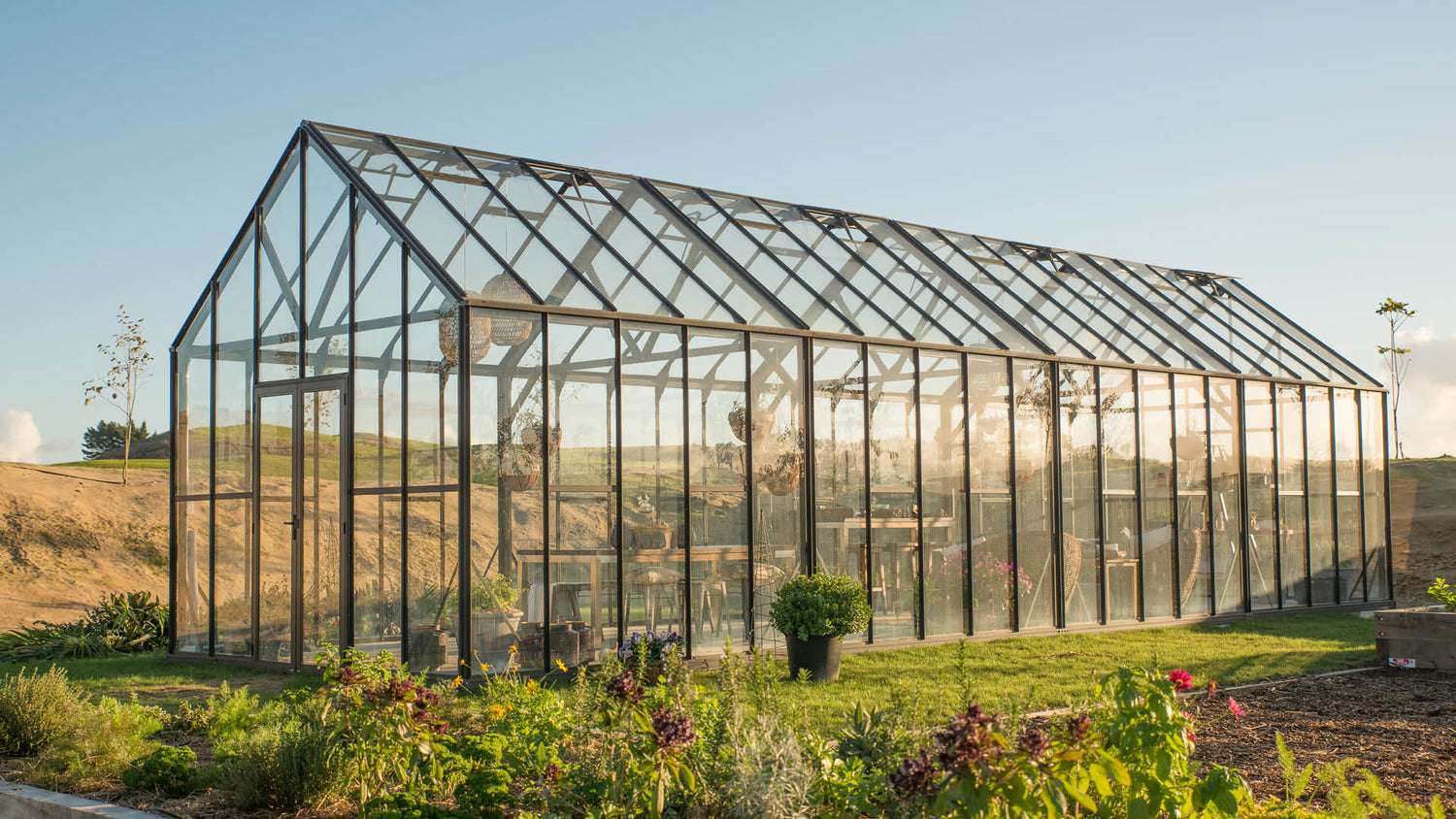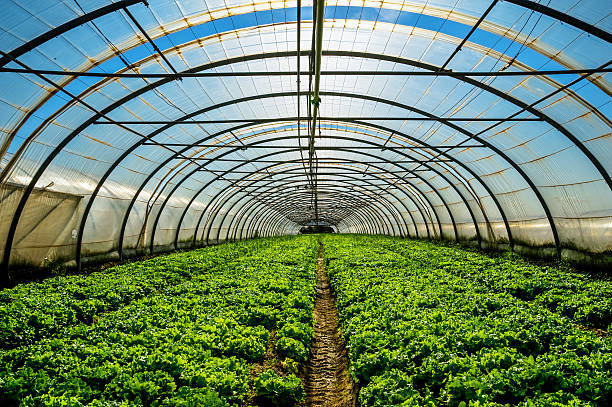Clarifying High Quality: Monarch Greenhouse Sheds Utah Exceptional Layouts
The Future of Greenhouses: Developments in Sustainable Agriculture
Are you interested regarding the future of greenhouses and how they are transforming sustainable agriculture? Look no more! In this post, we will discover the interesting advancements that are leading the way for a greener and much more reliable farming industry. From innovative environment control systems to vertical farming techniques, water-efficient irrigation methods, eco-friendly power combination, and clever data analytics, these innovations are transforming the method we grow our food. Prepare to find the future of sustainable farming in greenhouses!
Advanced Environment Control Systems
To attain optimum growing problems, you can rely upon the developments in greenhouses with sophisticated climate control systems. These systems have transformed the means we grow crops, providing a regulated environment that contributes to plant growth. With these ingenious systems, you can now adjust temperature level, moisture, light degrees, and even carbon dioxide concentrations to create the excellent problems for your plants to thrive.
Among the key features of these innovative climate control systems is their capacity to control temperature level. By utilizing sensors and automated controls, the greenhouse can adjust the temperature level based on the certain demands of the plants. This makes certain that they are never exposed to severe heat or cold, which can be detrimental to their development.
Humidity control is another vital aspect of these systems. By keeping the suitable moisture levels, you can avoid issues such as mold, mildew, and disease from affecting your plants. These systems can also control the quantity of light that reaches the plants, guaranteeing that they receive the optimum amount for photosynthesis.
Additionally, progressed climate control systems can also adjust CO2 focus. By boosting the levels of CO2 in the greenhouse, you can improve plant growth and performance. This is particularly advantageous in locations with low natural CO2 levels.
Upright Farming Methods
One important vertical farming method is utilizing stacked growing systems. Stacked growing systems are frequently utilized in city locations where area is restricted.
One prominent technique is called vertical hydroponics, where plants are expanded in nutrient-rich water without soil. This method is very effective as it minimizes water usage by approximately 90% compared to typical farming methods. In addition, considering that the plants are grown indoors, they are protected from parasites and diseases, reducing the requirement for pesticides.
One more strategy is aeroponics, which includes suspending the plant roots in a haze or air setting. This technique permits ideal nutrient absorption and oxygenation, resulting in faster development and greater yields. Aeroponics also utilizes much less water than traditional farming and can be implemented in vertical systems, making it a prominent option for vertical farming.
Water-efficient Watering Methods
When it comes to carrying out water-efficient irrigation methods in sustainable farming,Maximizing water preservation is crucial. With international water shortage coming to be a pushing problem, it is important to establish cutting-edge methods that optimize water usage in greenhouse procedures.
One promising method is drip watering, which supplies water straight to the plant roots, lessening waste and evaporation. By using a network of tubes with tiny emitters, water is used gradually and exactly, making sure that plants receive the required wetness without excess drainage.
One more reliable technique is making use of dirt wetness sensors. These tools determine the moisture content in the dirt and give real-time data to farmers. By keeping track of the soil's moisture levels, farmers can precisely figure out when and just how much water to apply, avoiding over-irrigation.
Moreover, the implementation of rain continue reading this harvesting systems is gaining appeal in greenhouse farming. Collecting rain from roofs and saving it in containers permits farmers to use this all-natural source for watering functions, lowering dependence on conventional water sources.
Lastly, the adoption of automated watering systems can substantially enhance water effectiveness. These systems make use of sensors to detect dirt dampness levels and climate condition, changing irrigation routines accordingly. By maximizing water usage based upon actual plant demands, these systems can decrease water waste and promote sustainable farming practices.
Renewable Energy Assimilation
Eco-friendly energy combination in greenhouses provides numerous advantages, including reduced running costs and reduced reliance on non-renewable power sources. The created power can after that be utilized to run various operations within the greenhouse, such as illumination, ventilation, and home heating systems. These wind turbines harness wind power and transform it right into electrical power, which can be utilized to supplement the energy demands of the greenhouse.
Smart Data Analytics and Automation
To improve the effectiveness of your greenhouse operations and enhance source utilization, take into consideration executing wise data analytics and automation. Smart information analytics entails gathering and assessing data from different sensing units and gadgets within your greenhouse.
This can consist of automating the control of illumination, air flow, irrigation systems, and nutrient distribution. By automating these processes, you can ensure that your plants receive the appropriate problems and nutrients at the appropriate time, without the need for constant hands-on treatment.
Moreover, clever data analytics and automation can interact synergistically. The information gathered by sensing units can be made use of to inform computerized systems, allowing them to make real-time adjustments based upon the present problems. This integration of data analytics and automation can bring about a lot more exact and reliable source allowance, ultimately causing higher yields and far better plant top quality.
Conclusion
In verdict, the future of greenhouses in sustainable agriculture looks promising. With sophisticated environment control systems, upright farming methods, water-efficient watering approaches, and sustainable their explanation power combination, greenhouses are ending up being extra reliable and eco friendly.

By optimizing water use based on real plant demands, these systems can reduce water waste and promote sustainable farming techniques.
